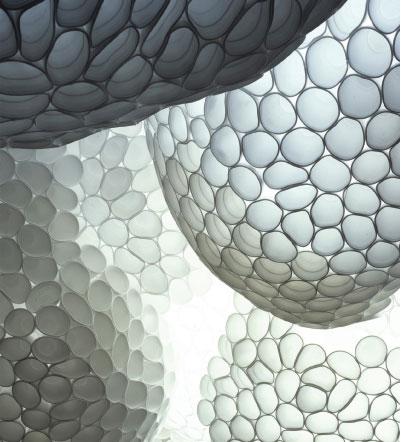
Photography by Stephen White

If Mother Nature is the master designer, then Tara Donovan must be her direct descendant. Allowing her materials to lead the way, Donovan stacks, piles, heaps, and mounds as they see fit, letting the natural laws of chance and gravity rule her process. Each material’s own limitations and natural abilities rule the outcome of her sculptures — works composed of synthetic, man-made materials that resemble nature at its most ethereal.
For instance, in Haze, she stacks millions of clear drinking straws against the full length of a gallery wall in what resembles a hazy blur or rolling fog bank. Nebulous, a twenty-foot installation formed from thousands of looped rounds of Scotch tape, appears like a soft mist emerging from the museum floor. Transplanted, composed of ripped and stacked tar paper, evokes the smooth, arid landscapes of the American Southwest.
The simple repetition of her work makes sense the way nature makes sense. In fact Donovan, a 2008 MacArthur Fellow, is continually amazed by the places tar paper, buttons, plastic cups, and Scotch tape have taken her. “I’m completely relying on the physical properties of the material before me going where it naturally, inherently wants me to go,” she explains in an interview with Lawrence Wechsler in the volume Tara Donovan, “so things always wind up mimicking nature in a way.”
(more…)
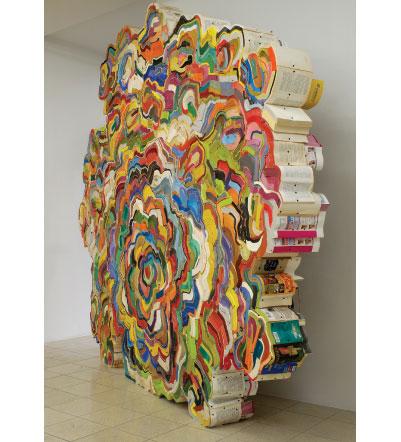
Photography Courtesy of Galerie Kudlek van der Grinten, Cologn

In our electronic age, the book doesn’t have it easy. It’s up against so many gadgets designed for instant gratification, it’s no wonder reading is on the decline. But the book will persevere; it’s been through much worse — burnings and bannings, for instance. With this kind of history, it makes sense that a visual artist would choose an object so fraught with meaning to drill holes in, bolt down in layers, and inject with silicone rubber.
Jonathan Callan, who burst onto the London art scene during the Young British Artists sensation of the early 1990s, has been creating sculptures from old, discarded books since 2003. One of his intentions in these sculptures is to explore language’s fundamental shortcomings, so he puts his tomes to the test. Callan’s books nestle, cluster, and cling to each other; their vibrant pages bend and swerve, coming together like a meeting of the minds. His larger pieces resemble the cross section of a huge tree while some of his smaller sculptures conjure up Hanta’s book bundles in Bohumil Hrabal’s Too Loud a Solitude, a 1976 Czech novel celebrating the power and indestructibility of the
written word.
(more…)

Photography by Eric Heranval

Skate Study House seamlessly blends a passion for mid-century design, skateboard culture, and California lifestyle. Taking its name from the Case Study Houses built mostly in the Los Angeles area from 1945-1966, its furniture designs immediately bring to mind the work of Charles and Ray Eames. However these 21st-century pieces come with a catch: they’re made out of skate decks. Designed and handcrafted in California, Gil Le Bon De Lapointe and Pierre Andre Senizergues’s products use recycled and second hand products mixed with custom parts. Sometimes skate decks are stacked to form the base of a table, while other pieces use them as the planks in a chair; it’s amazing how utilitarian a wooden skate deck can be. Now with a showroom in both Newport Beach and LA’s Echo Park, the word has spread.
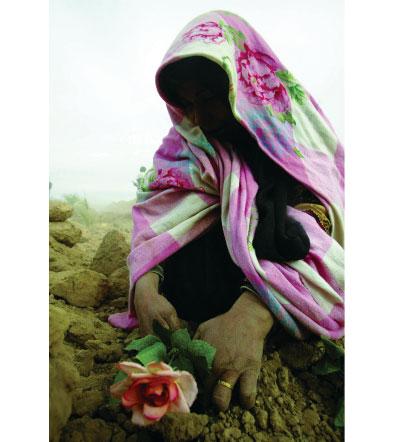
Courtesy of Hatje Cantz Verlag GmbH & Co. KG

If complacency generates mediocre art, the works in Iranian Photography Now don’t have the luxury of this problem. Showcasing the work of thirty-six photographers — some already well known and some still emerging — the styles in this volume run the full spectrum from journalistic to fine art. There’s an urgency on these pages, where tradition and modernity go head
to head.
For instance Mehraneh Atashi’s series takes a glimpse inside a traditional zourkhaneh, which literally means “house of strength”, a kind of spiritual gym for men that combines physical exercise, religious chants, and recitations from epic literature. Atashi manages to play with the mirrors in the space, so her own image appears alongside them. Amirali Ghasemi’s documentary series, Tehran Remixed, is a journey into the city’s underground life. His images capture young people drinking, smoking, dancing, and flirting like they do all around the world. However in this case their faces have been whitened out to protect their identities; their actions might be deemed inappropriate by the authorities.
(more…)
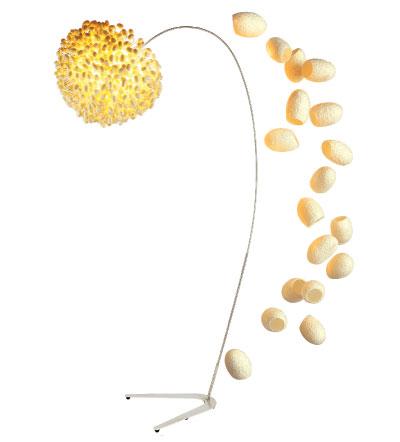
Photography Courtesy of FordBrady

Osisu’s Chairwalker looks like it’s poised for a stealthy exit. With none of its legs at 90-degree angles, it looks like a chair in motion — ready to escape the awkward party or boring meeting. A few years ago, bicyclist and co-founder of VeloAsia Willard Ford had just finished leading a cycling tour through Vietnam and was killing some time in Bangkok when he first set eyes on Osisu’s masterpiece. “I wondered why I had never seen this in the States,” he explains, and in one glance, the idea for the FordBrady Gallery was born.
Upon his return to Los Angeles, Ford enlisted his longtime friend John Brady, and by 2006, the gallery was showcasing some of the most innovative contemporary furniture designers from around the world. Boasting a roster of acclaimed and emerging designers such as the U.K.’s Angus Hutcheson, Thailand’s Chlaphun Chulanond, and Switzerland’s Greenform collective, the gallery takes a global approach to the world of interiors. Ford and Brady travel to Asia at least twice a year and regularly comb the US, Europe, and South America for new work. With one eye on craftsmanship and the other on sustainability, good design is a language we can all understand.
fordbrady.com
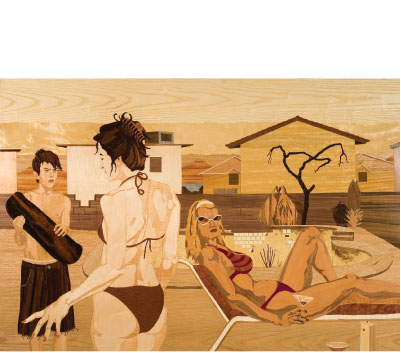
Artwork Courtesy of the Artist & the James Cohan Gallery

“It’s a tradition to escape by going West,” says Alison Elizabeth Taylor, referring to the wide-open spaces that beckon America’s freedom seekers. Since Taylor went the opposite direction, from Los Angeles to New York City, to attend Columbia University’s MFA program in 2003, her artwork has been intensely preoccupied with the West she left behind. “I grew up hating the desert,” she says about her years in Las Vegas. “I thought it was so oppressive. I felt like it made everything in the real world so much farther away from me, but I don’t feel that way now.”
Taylor’s work tells stories about individuals who have struck a bargain with the desert — freedom for isolation, she calls it — and gladly agree to its terms. In her latest series, she pays homage to this American brand of misfit, using a technique called marquetry, or wood inlay, that employs different grains of wood sanded down to a regal sheen. Against an arid, barren backdrop of varying shades of brown, the inevitable collision between Utopia and reality plays out. In Taylor’s art, big-box stores and subdivisions multiply exponentially, and dirt roads turn into four-lane highways — all signs of society’s unrelenting encroachment. As she does in all of her work, Taylor peels back the clean, shiny surface of the American Dream to give us a glimpse of the alienation, boredom, and violence that exist just underneath. Whether her subject matter involves a drunken confrontation, an accidental drowning, or a man on the run, she offers us just a hint of the narrative and lets our imaginations do the rest.
(more…)
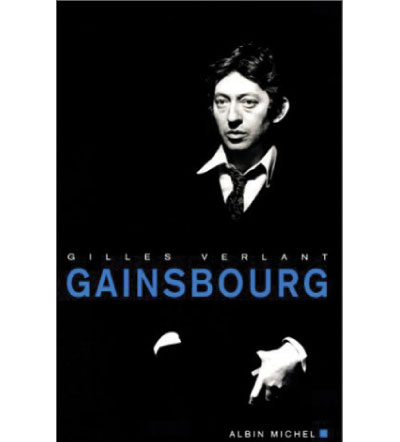
Tam Tam Art Direction & Design by Tom Recchion + Joseph Shuldiner

Tam Tam Books specializes in English translations of 20th-century French provocateurs such as Boris Vian, singer-songwriter Serge Gainsbourg, and the Situationist International’s Guy Debord. Vian’s To Hell with the Ugly and The Dead All Have the Same Skin come out this year, and a 600-page biography on Gainsbourg will follow in 2009. Owner and editor Tosh Berman sat down with PLANET° to discuss his personal campaign against blandness.
Where does the name Tam Tam come from? Josephine Baker, an African-American entertainer from St. Louis who went to France and became a mega-star in the 1920s, made a movie called Princesse Tam Tam. For me, this name symbolizes the bridge between U.S. pop culture — especially black culture — and French culture. So why is it important for English speakers to read these authors’ works? These days, artists are not willing to provoke their audience. Once upon a time artists were there to destroy everything; now they’re there to accept everything — meaning money and a career. The art world has become very corporate in its mentality. The words “career” and “art” don’t really mix, yet now they do. In that sense, the dictionary definition of art has totally changed.
(more…)





 Facebook
Facebook Permalink
Permalink Digg
Digg Reddit
Reddit LinkedIn
LinkedIn StumbleUpon
StumbleUpon Tumblr
Tumblr







